Companies used to rely on tangible, physical assets like factories, estates, and equipment to create value. In today’s globalised business, intangible assets such as brand values, intellectual properties, data, human capital, and customer capital have become the key value drivers for businesses. Finance professionals, however, still find it difficult to manage such assets.
How significant are intangible assets?
A study by the consulting firm Ocean Tomo concludes that intangible assets now make up more than 80% of S&P 500 market value, up from less than 20% in 1975. Another research from McKinsey finds 31% of Western companies’ profit comes from these “asset-light, idea-intensive sectors”, compared with 17% in 1999. It is inevitable that intangible asset management should be among the top priorities for financial executives at present. The following chart highlights the changing roles of tangible and intangible assets in terms of market value over time.
How can intangible assets be valued and managed?
Calculating the value of intangible assets, therefore, is a critical part of determining the market value of a business. There are 3 major methods for valuing intangible assets: cost of creation, capitalisation of income or savings, and discounted cash flow.
- Cost of creation: this method calculates how much it would cost other businesses to create the same intangible assets from scratch. The main drawback of this method is that it does not measure the future impact of the assets.
- Capitalisation of income or savings: this method calculates the economic benefits the intangible asset will generate in the future. The benefits could be in the form of income of potential savings as a result of owning the asset. The cap rate being used in the calculation should take into account the associate risk of that asset. This method only works well when the intangible assets are relatively new.
- Discounted cash flow: as the name suggests, this method is used to value the assets which generate predictable cash flows within a particular lifespan such as patent royalties or subscriptions.
There are still other challenging questions. How can we define our intangible assets? And how can we manage something that is not tangible? The following steps should provide executives with a guideline of how to achieve that:
Determine what intangible assets are your key value drivers.
Identify the right financial or non-financial key performance indicators (KPIs) that are related to those assets.
Track the KPIs on a regular basis

Intangible assets as value drivers
In research conducted by CIMA and AICPA, more than 700 top executives, mostly in finance roles, were asked to rank their 10 most important value drivers. Unsurprisingly, most of the results, including the top 5, are intangible assets:
- Customer satisfaction
- Quality of business processes
- Customer relationships
- Quality of people (human capital)
- Reputation of brands
- Strategic decision-making
- Strategy execution
- Patented product or processes
- Supplier relationship
- Plant and equipment
The accelerated process of commoditisation in many industries has forced companies to outsource many operations in their value chain, such as manufacturing or supply-chain, and focus on a few key areas where they can differentiate themselves from the competition. Regardless of which area you choose to focus on, customers should still be at the centre of what your business does.
Choosing and tracking the right KPIs
In order to monitor those assets, finance executives need to choose the right KPIs. The set of KPIs of each business depends on the industry and business model. However, there are common major KPIs being used by leading companies. In the aforementioned research, titled “The digital finance imperative: measure and manage what matters next”, the correspondents also listed the following top 9 KPIs used to track the value drivers as follows:
- Data quality
- Return on invested capital
- Employee productivity
- Employee engagement and retention
- Customer experience and satisfaction
- Competitor activity
- Customer pipeline and retention
- Talent sourcing and pipeline
- Brand awareness and equity
Choosing the right KPIs for your business is not easy. The chosen KPIs should be measurable, impactful, and supported by accurate data. Your KPIs may also need to change over time. However, the risks posed by not having any KPIs are worse than having insufficient KPIs.
It should be noted that many KPIs used for monitoring intangible assets are non-financial indicators and therefore beyond the domain of finance function. These KPIs are most likely be provided by the other functions that own the underlying data. Nonetheless, the finance function should still be responsible for assembling and validating the KPIs, and use them for strategic decision-making and performance management.
To do so would require the finance function to assume a much broader role than it used to have. In fact, CFOs in many leading companies have significantly increased their involvement regarding other functions, for example Sales forecasting, which can be described as CFOs now being the brokers of information in the business.
In other words, the relationship between the finance function and others departments is a partnering one. Finance people have to understand the problems of other business functions, and are capable of providing the right analysis tools to transform the tremendous amount of data into actionable insights.
Managing intangible assets is an indispensable part of financial management in the digital age. Companies need to focus more on that matter in order to ensure their profitability and sustainability in the future. The finance function should be well prepared to take on this challenge. If you’d like to know more about this issue, please download the full research “The digital finance imperative: measure and manage what matters next”.
Source Trginternational









.jpg)
.jpg)
